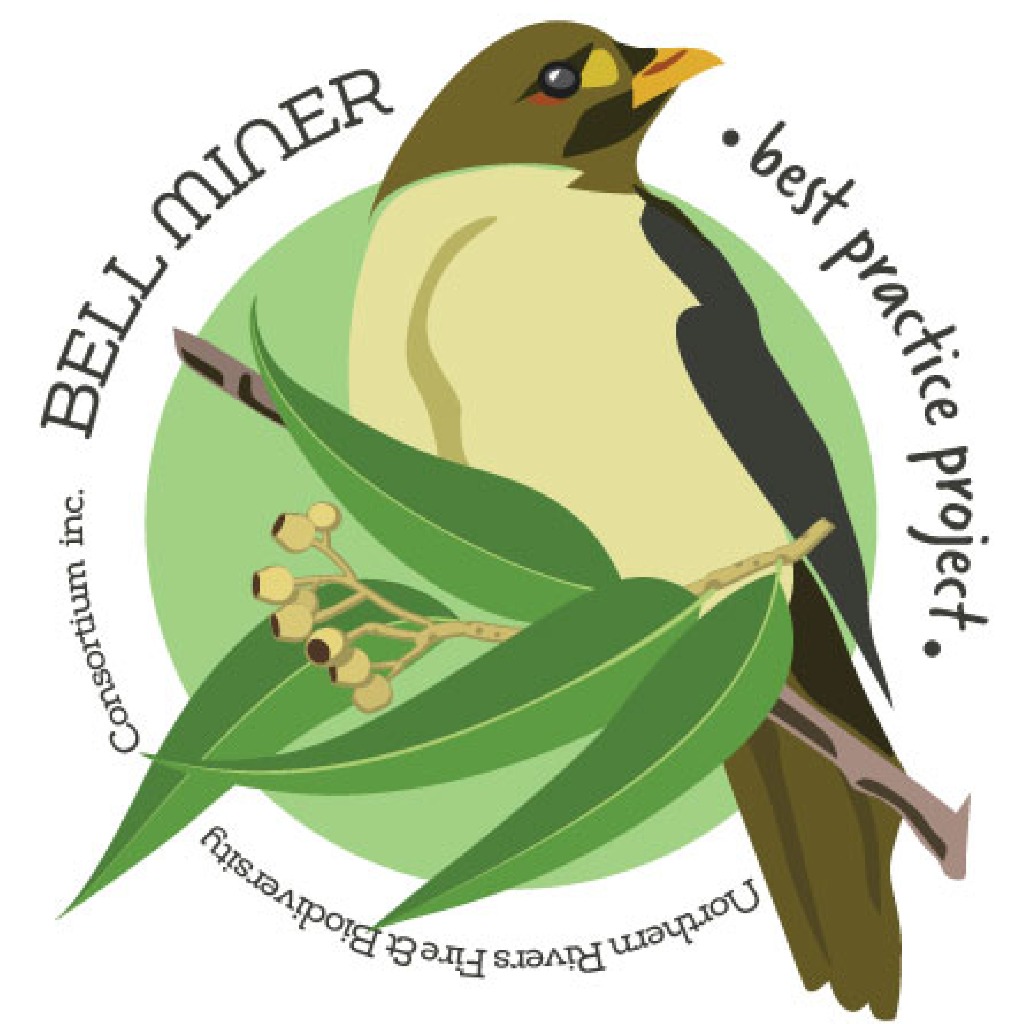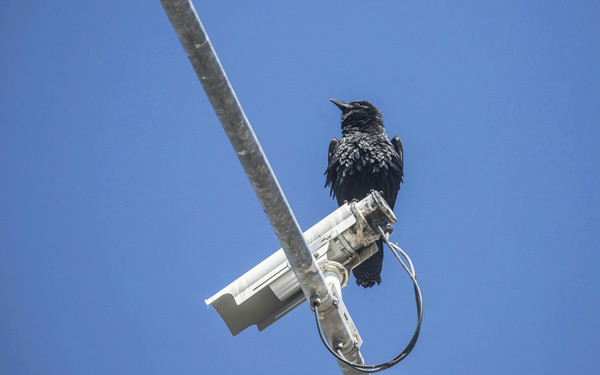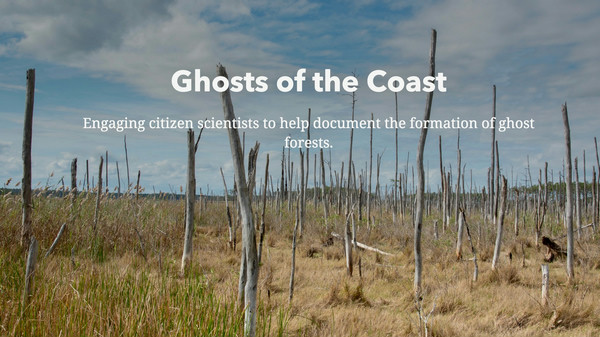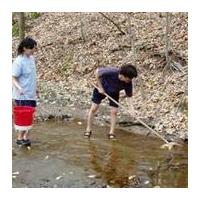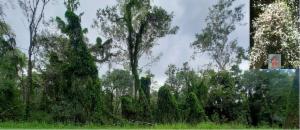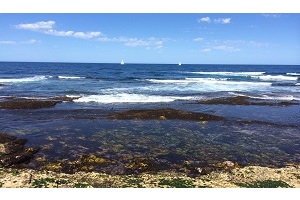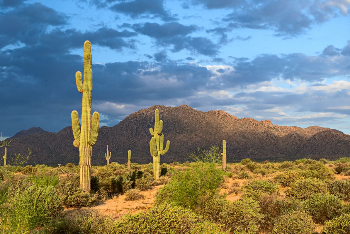
ACT & Southern Tablelands Weedspotter
The aim of this project is to involve community members in the early detection and reporting of weeds so that ACT government and NSW council weeds officers can respond quickly to minimise the potential spread of problem weeds.
Multiple locations, including yours!
- Ongoing
